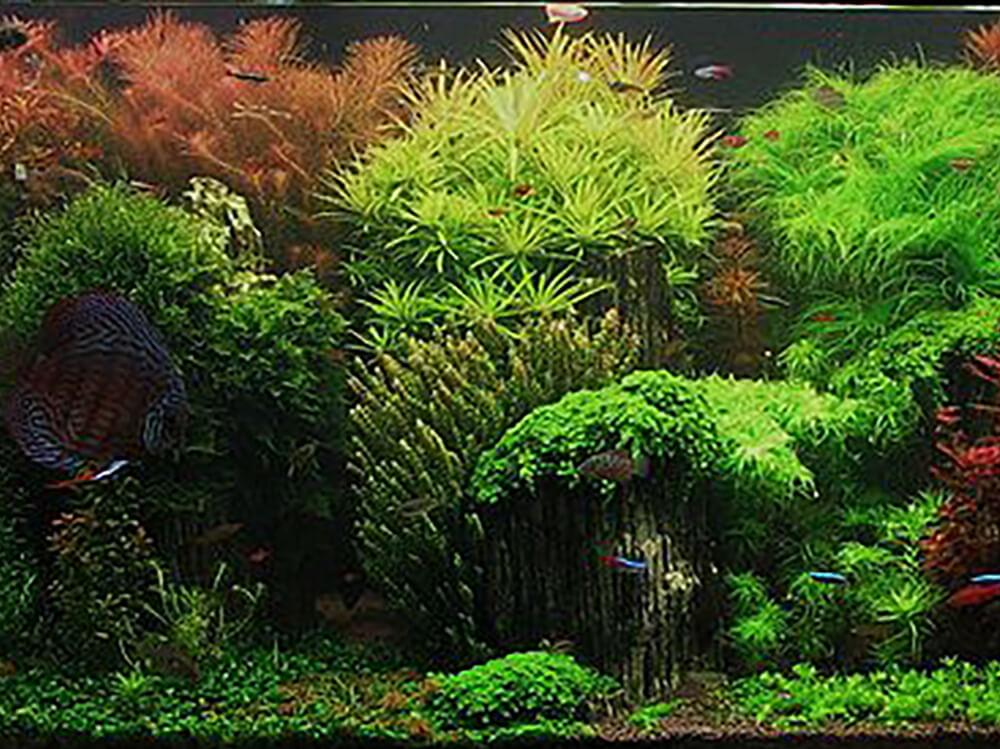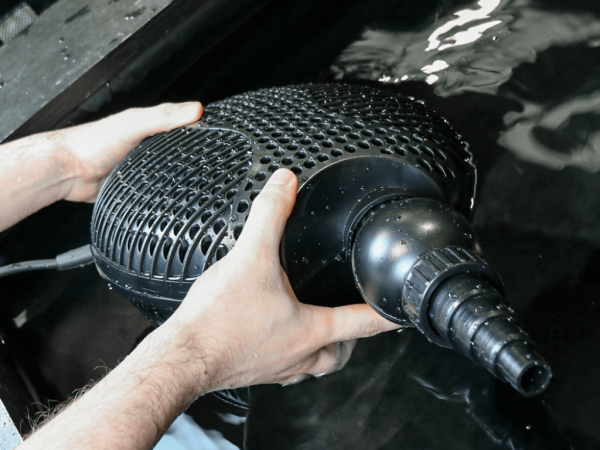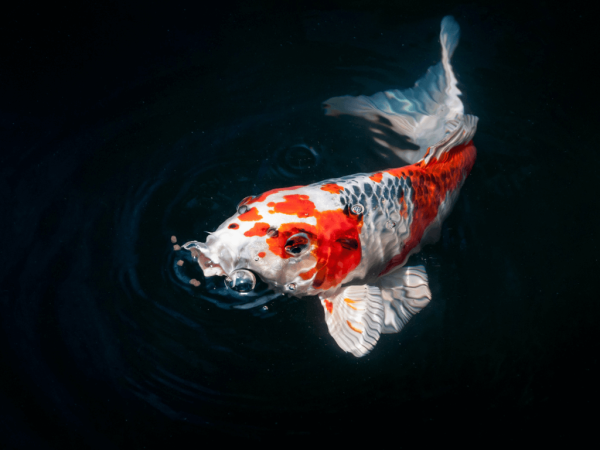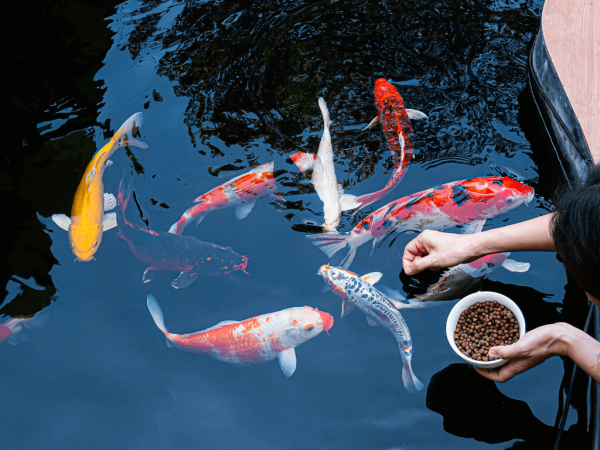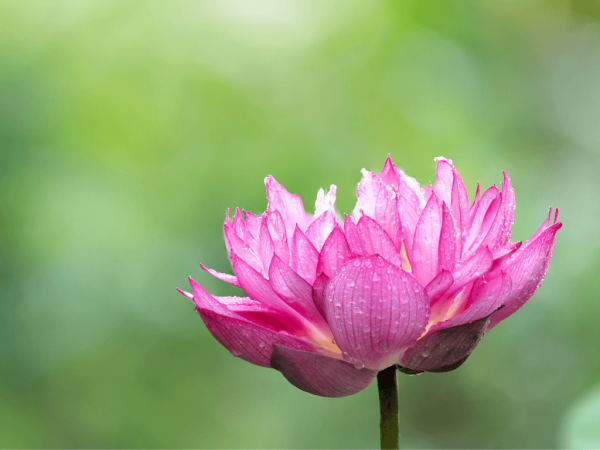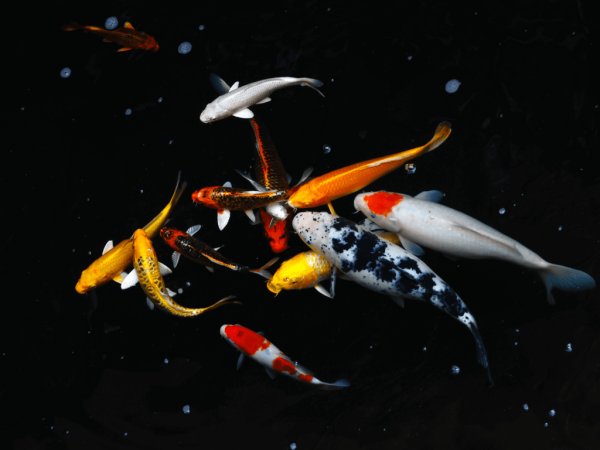How to plant aquarium plants
Proper planting is key to a successful planted aquarium. Here’s how to do it.
Aquarium plants can be bought in many forms, like bunched, potted, bare-root, or even tissue-cultured, and all need preparing and planting in a slightly different way.
Bunch plants
Bunch plants are common, and consist of many individual plantlets all bundled together into a bunch and wrapped at the base with a foam strip and a metal weight. The plants themselves can be either rooted, with small white roots exposed at the base, or cut, just like a bunch of flowers.
Not all aquatic plant species are suitable for bunching, and some do better than others. Cabomba, Hygrophila, Egeria and Elodea are most commonly purchased bunched, with their roots cut off completely and just stems exposed. Vallisneria, Cryptocoryne and Echinodorus also come bunched, but with roots on.
In all cases the foam strip and metal weight should be removed and discarded, as bunching packs too many plantlets together and they will rot around that weight. Remove all the individual plantlets from the bunch and line them up on a flat surface, ready for planting.
If they come with roots on, use some aquarium scissors to trim the ends of the roots, which will encourage new root growth once planted. Leave about 10mm/1cm of roots at the base of the plant, and remove and brown, soft roots, which are already dead and starting to rot. A typical bunch plant may contain up to ten or more stems.
Pick up each plant individually at the base with aquarium tweezers and plant them root first into the substrate. Push the plantlet down to about 5cm in the substrate, then release the tweezers. Pinsette tweezers are best for this task as with large, clumsy tweezers, the hole they make in the gravel can be too big, and the plant can be pulled out when the tweezers are pulled out.
If you wish to plant in groups, plant each individual plantlet 5cm/2” away from the next, giving it room to put down new roots and receive light and nutrients.
Potted plants
Potted aquarium plants are sold in plastic, slotted pots, and in a special growing medium, commonly referred to as rockwool. The rockwool provides somewhere to anchor the plant and grow roots while it’s in the nursery, and potted plants are grown hydroponically. This process involves water and nutrients, not soil, but when it comes to planting in the aquarium, it should be removed.
First slide off the pot, revealing the rockwool around the plant. Some potted plants also contain a ceramic weight in the bottom of the pot, so remove that too if there is one.
Next, the Rockwool should be removed as much as possible from around the plant roots. Start by prizing the top corners of the rockwool away, which should come off in big chunks. Then use fingers or tweezers to remove the rest of the rockwool. Roots can also be washed under the tap to aid removal, but if some rockwool remains around the roots it’s ok.
Once rockwool is removed the individual plantlets will be exposed. For plants like Echinodorus bleherae this maybe two or three plants, but for Cryptocoryne it maybe a dozen or more plantlets, and for carpeting plants, hundreds of tiny plants. More about carpeting plants in a minute.
Like with bunched plants, trim the roots using aquarium scissors, and wash if necessary under the tap. This will encourage new root growth. Pinch the plant base with pinset tweezers and push the plant, root first, into the substrate so that the root is about 5cm under the gravel. Push some substrate back around the base after planting to aid anchoring.
Bare root plants
Occasionally aquarium plants are delivered without a pot or a weight. Trim the roots if there are any, and plant individual plantlets as above.
Tissue cultured
Tissue cultured plants are growing in popularity, as they are free of algae, snails and diseases, and can be posted and stored with ease. Not all species are available as tissue-cultured yet but choice is growing, and it's a popular way to purchase carpeting plants like Lileaopsis and Hemianthus.
Tissue cultured plants arrive in a small, clear plastic pot with a lid. In that pot, the plants are growing in a clear gel, and plants and gel should first be removed from the pot. Remove the bulk of the gel with fingers or wash under the tap, which should dissolve the gel, exposing the clean plant roots. If individual plantlets can be identified then separate them with pinset tweezers. If the roots are finely matted, like with carpeting plants, the whole mat can simply be cut with scissors into chunks, and planted as a group.
Most tissue cultured plant species are small, to fit into the pot, or are tiny baby sproutings of a larger species. Although sterile, and coming from a perfect growing environment, tissue cultured plants may be delicate due to their small size. Use fine substrates to help anchor their small roots, and don’t plant so deeply as to cover most of the plant. Tissue cultured plants rarely need roots trimming before planting as they are white, clean and in perfect health.
Bulb plants
Bulb plants like Aponogeton and Nymphaea species often arrive as small brown bulbs, without a bunch or a pot. Some will have leaves, while others will have just a tiny sprout coming out of the top.
Bulbs are best just placed on top of the substrate, where they then send their own new roots downwards. Pushing the whole bulb deep into the substrate is not advised as it needs oxygen around it to do best. Bulb species often grow very large so just a single bulb is plenty for most tanks, and many large leaves will shoot out in the next few weeks after planting.
Floating plants
Floating plants may come in pots, loose, in newspaper, or in tied fish bags. Planting is simple as you just pick them up and place them on the surface of the water. Ensure leaves are the right way up, and that water flow on the surface is not so great that it turns the plants upside down. If you spot any tiny Duckweed in with your floaters, wash it off under the tap as it is a pest and will quickly cover your fish tank surface.
Snail removal
The risk with bunched, potted and floating plants is the introduction of unwanted snail species. Tadpole snails, Physa acuta, are small, hardy snails which can overrun some aquariums. Adding salt or an aquatic snail killing solution to a water bath can help to eradicate snails before plants are added, but they pose no real threat to healthy, growing plants, and snail-eating fish, and even snail-eating snails, are available for any snail problems further down the line.
Further care
For any aquatic plant to do well, it will need a combination of the right light and nutrients. Some plants are slower growing and need less light than others, and Carbon Dioxide can also be added to aid plant growth. Planted aquariums can be classed as low, medium and high tech. Low tech tanks need less light, less plant food and little or no CO2, whereas high tech tanks need lots of light, lots of fertiliser and lots of CO2 injection. They need frequent water changes too, to help suppress algae.
For any newly planted aquatic plant to thrive, the ideal is a nutritious substrate, regular dosing with aquatic plant fertiliser, plant growth-enhancing lighting, and CO2 injection. Combine with lots of algae-eating fish and shrimp, change water regularly and ensure good circulation, and your aquarium should soon become a green aquarium garden.




